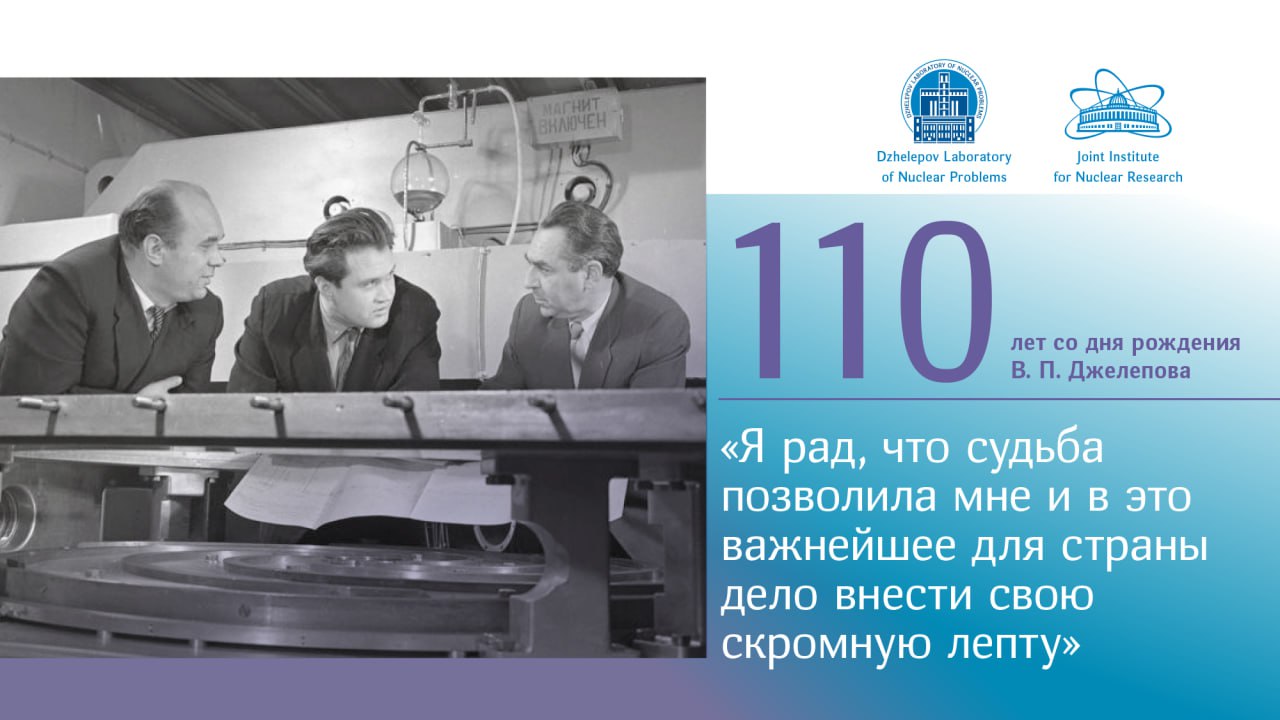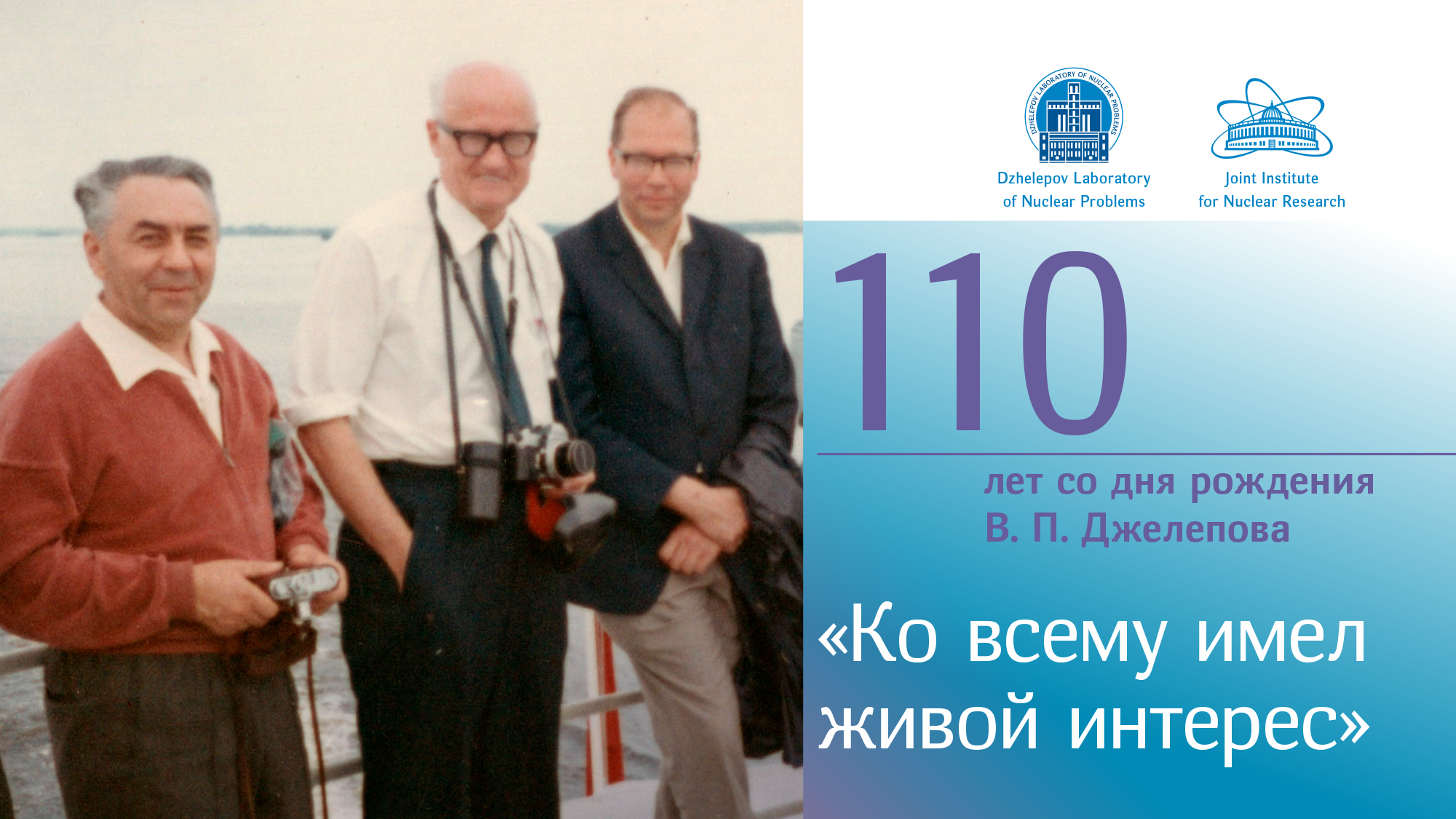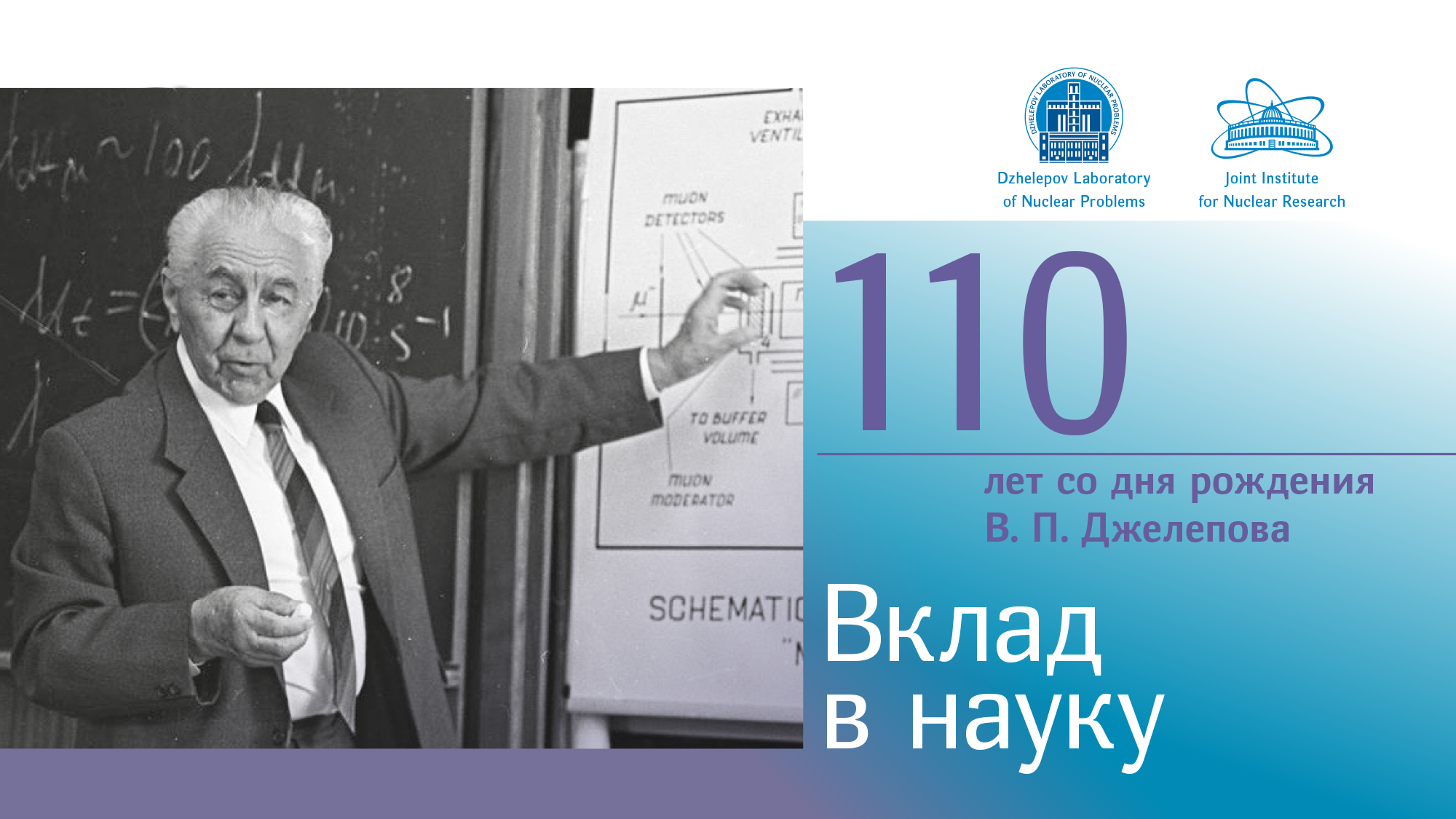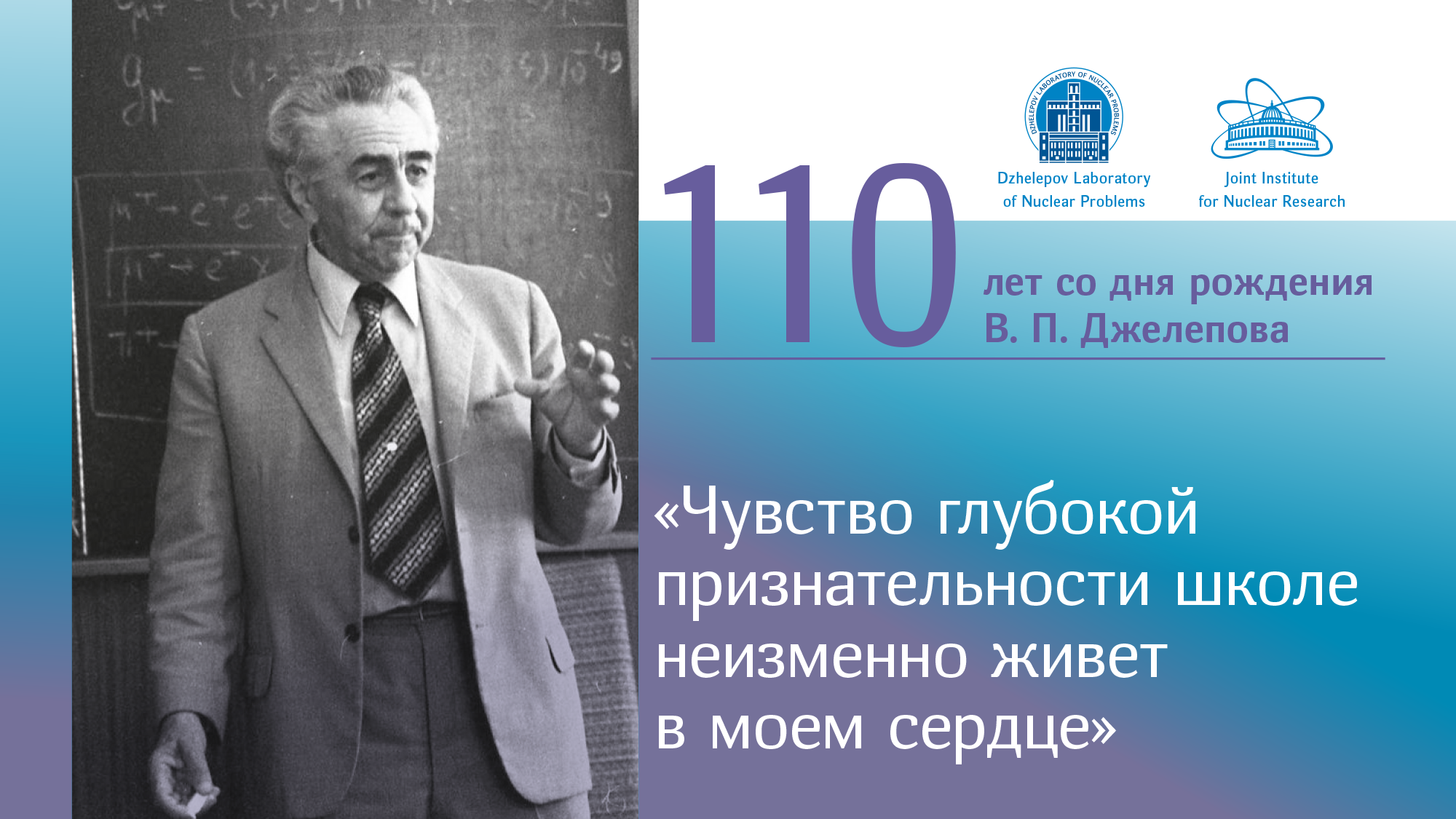“I am Fortunate that I had a Chance to Contribute My Lepta to This Project So Significant for My Country”

And the number of awards was limited ― there were few of the highest awards, and then the lower, the more. And these rewards had to be distributed. How would you do it? It is so easy to make a wrong step. And you cannot ask for five or ten more awards. So, we pondered and took a decision – let us grant the “Hero of Socialist Labour” only to those who would be shot if we had not succeeded in our work. And at once, it turned out that there were a few people who could be awarded, just five. The next question: who would be sentenced to twenty-five years? There were more people but anyway, the number was limited.”»
After several decades passed by, this story seemed to be curious. But when the Soviet Nuclear Project was initiated, the responsibility for the implementation of the colossal tasks stated for scientists was really heavy, even costing them their lives. The schedule was tight.
V. A. Matveev, JINR Director in 2012−2020, wrote: “For the first time, the topic “About the construction of a powerful cyclotron” was discussed at the session of the Special Committee on May 7, 1946. The first Decree of the Council of Ministers of the USSR “About the construction of a powerful cyclotron (M Facility)” was signed on August 13, 1946. The construction started in the middle of 1947, and the accelerator was commissioned late at night from December 13 to 14, 1949. Considering enormous complexity of the project and tremendous scope of construction-and-assembling operations, the schedule for construction of a large-scale physics facility, novel in the Soviet Union, was unprecedented.”
In mid-August 1948, V. P. Dzhelepov got an important assignment from I. V. Kurchatov. He was appointed a deputy director of the Hydrotechnical Laboratory of the AS of the USSR established in Dubna. Venedikt Petrovich was involved in the construction of the world’s largest proton accelerator, the five-metre synchrocyclotron with an energy of 500 MeV. All the accelerator elements, such as a five-metre magnet, frequency variator, vacuum pumps, etc., were made in the USSR for the first time. It was the time when V. P. Dzhelepov proved to be a great scientist and science administrator.
The objectives in designing and constructing the first national cyclotron were fulfilled on time, and the cyclotron was launched just before Stalin’s birthday. It was possible because of the high expertise of nuclear physicists, engineers and specialists implementing the Nuclear Project of the USSR. Venedikt Petrovich Dzhelepov was among them. V. P. Dzhelepov was awarded the title of the Laureate of the Stalin Prize in 1951 and the Order of Lenin.





